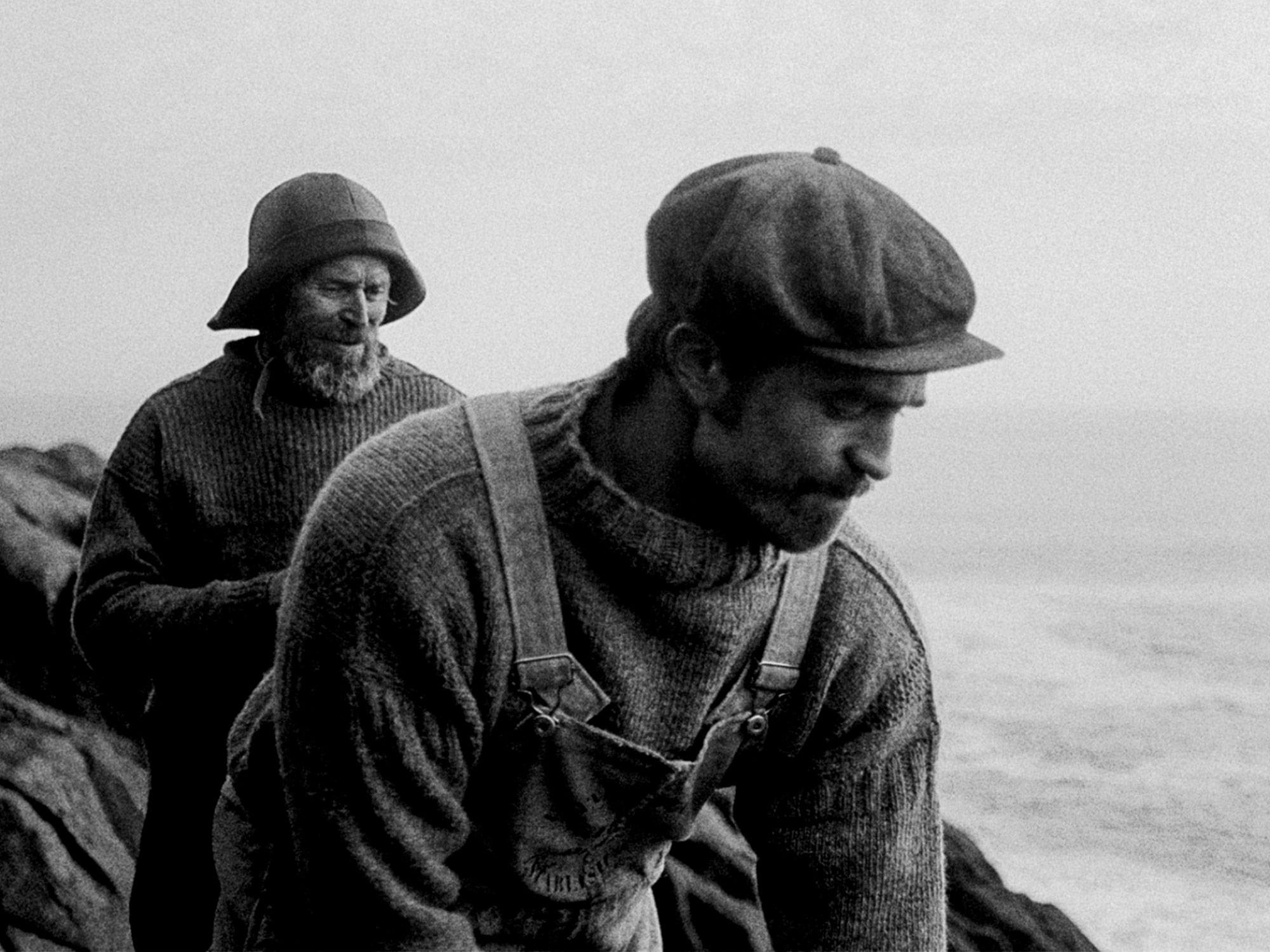
While Robert Eggers’ 2017 film The Witch explored the insidious effect of fairy tales on a small God-fearing community, the writer/director’s follow-up shows how such stories can corrupt the mind of an individual. Here, as with the family in his New England folktale, our hero, Ephraim Winslow (Robert Pattinson), is essentially exiled from civilisation.
The film is set in the late 19th century and begins as he arrives on a remote island where he is to work as one of two lighthouse keepers. But while the family of The Witch had each other – at least for a while – Winslow and his colleague Thomas (Willem Dafoe) are essentially alone, together. The pair aren’t exactly friendly (what with Thomas’ constant farting) and are further antagonised by the strict rules the old man imposes on his understudy: Winslow is given the most arduous tasks, while Thomas awards himself the privilege of taking care of the light.
This sad situation would at least have the benefit of being simple were it not for Thomas’ penchant for chatter, drink and his repeated attempts to get to know Winslow. Dafoe’s larger-than-life performance (the cliché of the limping, rowdy seadog come to life) makes clear that these are mere cordialities, expressions of false intimacy of the kind straight men employ to consolidate their straightness. But Thomas’ mixed signals, his cruel performance of masculinity, constant rug-pulling and gaslighting do not sit well with Winslow, and not simply due to the exhaustion of it all.

There is, of course, more to The Lighthouse than meets the eye, even if a quick glance is enough to hook us in. Jarin Blaschke’s gorgeous, almost square-framed black-and-white images evoke early-days photography, but the set-up is no gimmick: Eggers is a director in the full sense of the word, and while his compositions are visually striking – almost obviously so, in a #OnePerfectShot kind of way – they also hint at our hero’s anxieties and mysterious past.
This contrast between the blunt and the ambiguous is the fuel (or kerosene) that keeps The Lighthouse burning. It moves the story forward while also making for a raucous and consistently surprising story.
It’s in the shades of grey of the cinematography, where the darkness of the ocean fuses with the obliterating white of the light. It’s in the gap between the sullen beauty of the reticent Pattinson and the rambling blather of Dafoe’s grotesque character. It’s in the way the lighthouse is simply both a venue for hard, physical labour and a mystical, phallic symbol. All of these contrasts (contradictions, even) bounce off one another, as though in a mocking face-off. Winslow’s fears are sad and serious in one scene, funny and ridiculous in the next.
Eggers understands that fairy tales and superstitions don’t persist because they are true or because they are absolute fantasies, but because they are both at the same time. Thomas mentions that a man can be cursed if he attacks a seagull, and The Lighthouse functions in the realms of physical reality (the seagull) and in that of the unexplained (the curse). Winslow’s descent into madness, therefore, isn’t a slow slide into terror, but a brutal tumbling into an abyss, violently bumping against abject reality one moment and pure fantasy the next. Eventually, the two states merge.
The post The Lighthouse appeared first on Little White Lies.
![Forest Essentials [CPV] WW](https://s3-us-west-2.amazonaws.com/pcw-uploads/logos/forest-essentials-promo-codes-coupons.png)
0 comments